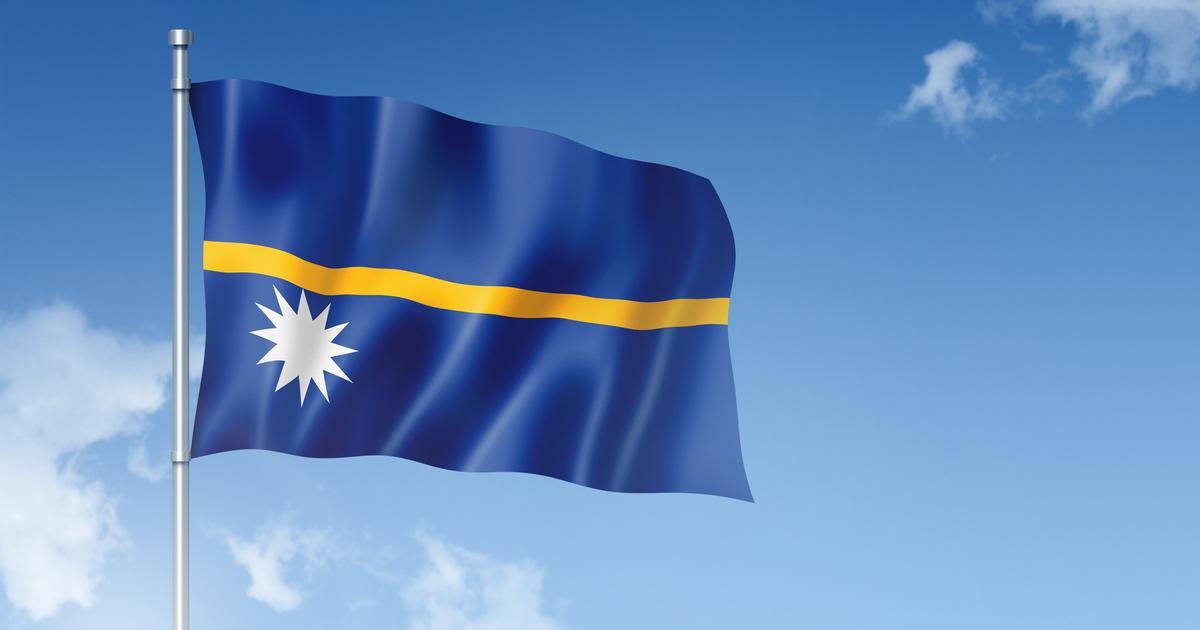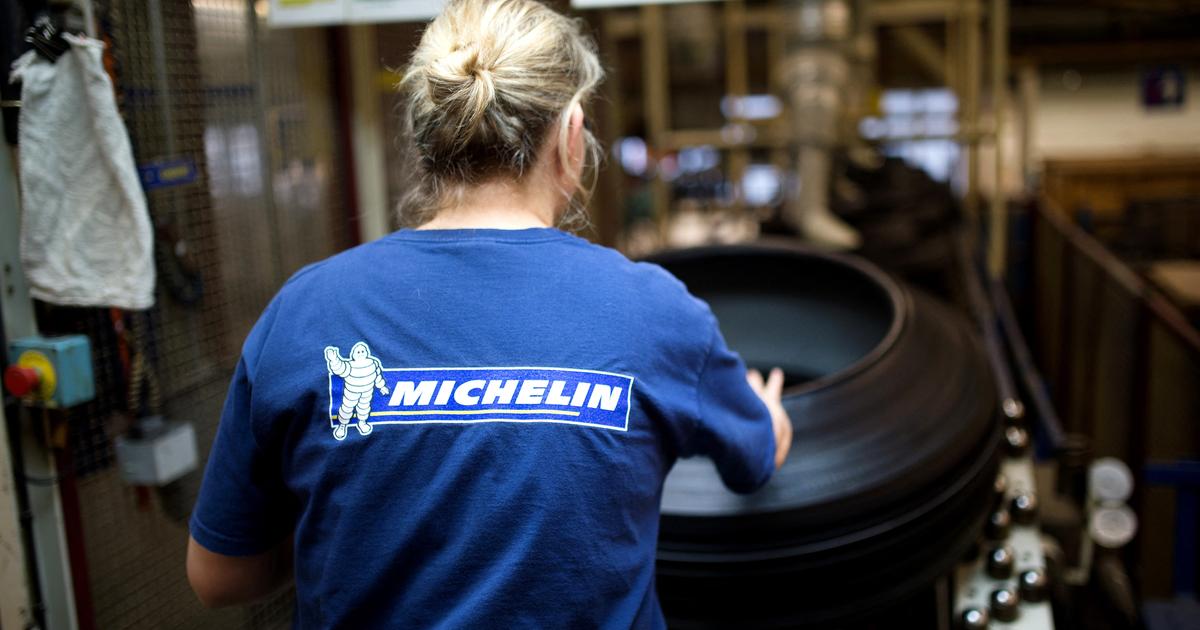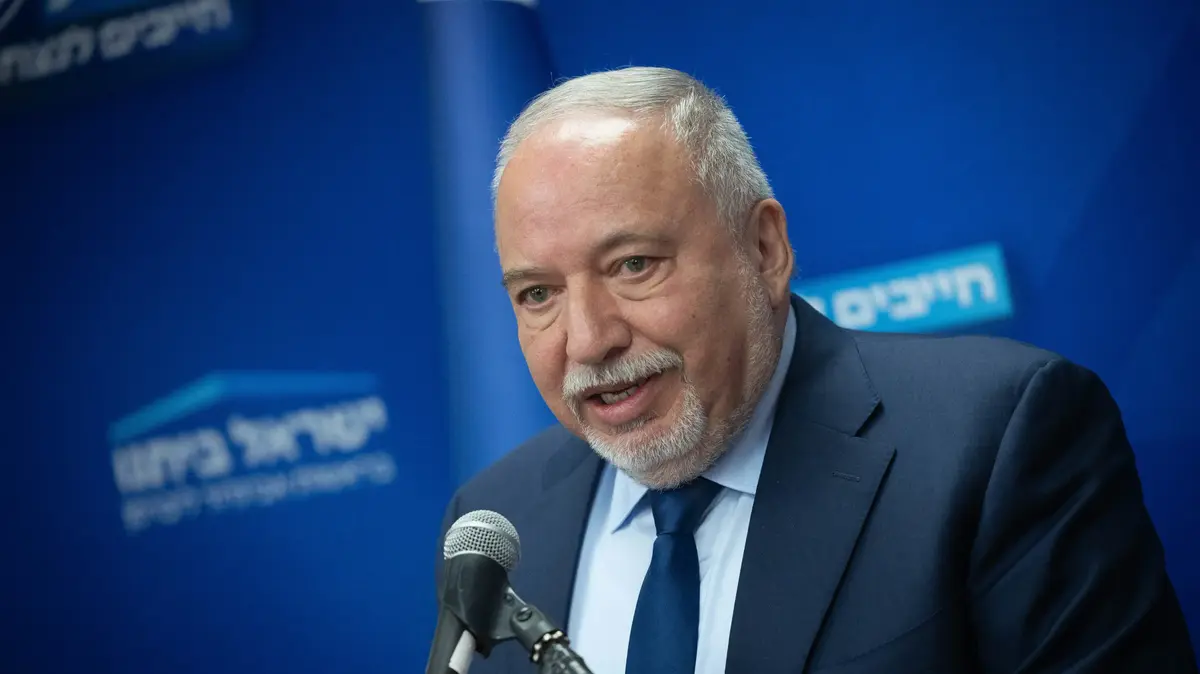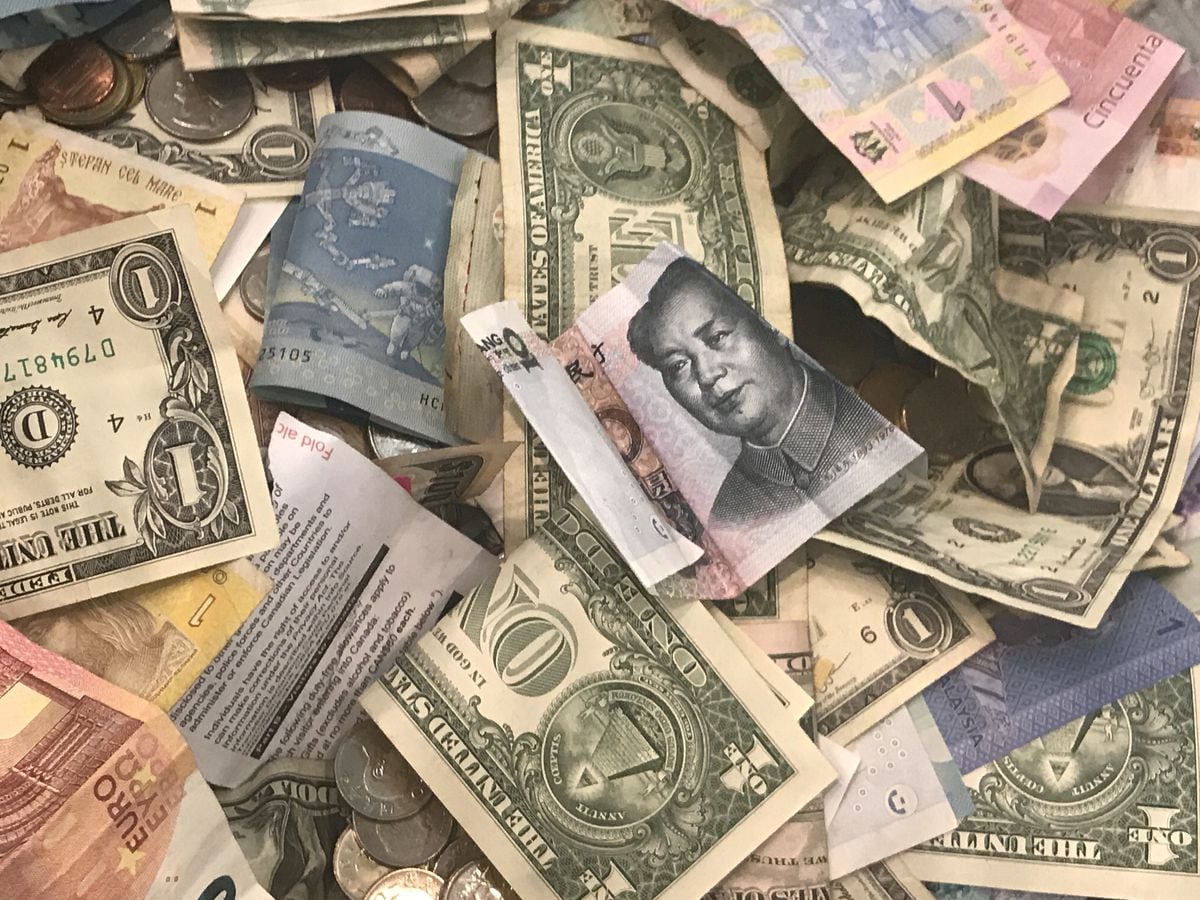A cargo ship, in May, in the port of Saigon (Ho Chi Minh, Vietnam) .Hau Dinh / AP
Donald Trump inaugurated his mandate by taking his country out of the Trans-Pacific Economic Cooperation Agreement (TPP), a pact designed by Barack Obama to prevent the United States from losing its way in the key region in the world to come.
And it is going to close it with its biggest international rival, China, building around it - in the midst of the global health crisis - a custom-made trade pact that also includes two of its fiercest regional competitors, Japan and South Korea, and Australia and New Zealand as visible heads of Oceania.
The Regional Comprehensive Economic Partnership (RCEP) agreement, signed ten days ago after years of negotiations, not only allows China to score a point in its rivalry with the United States, but also culminates the definitive turn of the global trade axis from the Atlantic to the Pacific.
No one can deny that the future of the world economy passes through Asia-Pacific.
That region, straddling two continents, will account for 60% of global growth in the next decade, according to the British consultancy IHS Markit.
"Definitely, the center of gravity of the world economy has shifted from the West to the East," says Rajiv Biswas, chief economist of the British consultancy for the area, by mail.
Although its impact "should not be overestimated," according to Peter Mumford of the Eurasia research firm, the RCEP does "show the drive and the will toward deeper trade integration in the region."
By the way, the newly-created pact allows China to present itself to the world as a champion of free trade and globalization after four years of uninterrupted attacks from the White House on both concepts.
In short, Beijing has taken advantage of the opportunity that Trump has served on a plate to turn the world economic epicenter a little further east.
Not only does it hit the table - one more - but it puts black on white something that, by way of events, has already been happening for years: almost everything today passes through Asia-Pacific and its regional dominance is increasingly higher.
Even without India - which pulled out of the deal at the last minute, albeit always leaving the door open to re-enter in the future - the brand new RCEP encompasses nearly a third of global production and some 2.2 billion consumers.
To put these figures into context, a cursory comparison with the other two largest free trade areas in the world is worthwhile: compared to the combined GDP of almost 19 trillion dollars of the EU or the 24 of the partners of the T-MEC (USA, Mexico and Canada), the new Asia-Pacific partners number almost 26. If India finally stepped up and joined the group in the next few years, that number would climb to almost $ 29 trillion.
"It is the icing on the cake, what was missing to realize that this is the region that will lead the indicators in the next 30 or 40 years", assesses Ignacio Bartesaghi, dean of the Faculty of Business Sciences of the Catholic University of Uruguay and a more than authorized voice on international trade issues.
“With the pandemic at stake and a broken multilateral system… And China is capable of doing this.
It is much more than a commercial treaty ”.
In full speculation about the retreat of global value chains and with trade integration between countries damaged by the rise of populism in the United States and Europe, the RCEP represents a powerful change of script: it shows, in short, that logic of megablocks continues and will continue to prevail in the coming decades, with or without the support of the North American country or the post-Brexit United Kingdom.
"They are more alive than ever", sentence by telephone.
The TPP: what could be and was not
Faced with the exuberance and muscle of the RCEP, the TPP is rather the story of what could and was not.
Convinced that the future had passed through Asia long before reality appeared, Obama struggled for years to close it as soon as possible.
It was, above all, a double attempt to get ahead of China and to weave an alliance with countries on that continent to try to break the regional balance to prevent Beijing from taking all the cake.
With the withdrawal of the United States, announced with great fanfare by Trump as an appetizer of what was to come in a mandate marked from beginning to end by protectionism and nationalism, the agreement was completely decaffeinated: it went ahead without the still first power global, yes, but with minimal firepower compared to its original ambition.
Minimizing the tariffs among themselves, the RCEP also has a clear effect on the countries that are not included: "By cutting transaction taxes between them, it raises - de facto - a trade barrier against the rest of the world", as recalled the chief economist of the Swiss bank UBS, Paul Donovan, in a recent analysis for clients.
“It does not address the issue of regulation, which is one of the biggest obstacles to trade, but it does simplify regional trade agreements.
And that's a positive thing ”.
Latin American powers out of the game
The reverberations are felt far beyond Asia, Europe and the US Also on the other side of the Pacific, a trident of countries - Mexico, Chile and Peru - that saw in the TPP a golden opportunity to broaden its commercial horizon, Now he is afraid of being out of the game.
The first of them has achieved its primary objective in the Trump era, to avoid the end of its free area with Washington and Ottawa that Trump has threatened so many times.
But both the second and the third, both with privileged positions for transoceanic trade and members of a Pacific Alliance that has been weakening over the years, "their gamble has gone wrong", in the words of the professor of the Catholic University of Uruguay.
“They are hurt, and not because of them, but because of Trump.
With the original TPP they would be in one of those megablocks today, and that would have created other opportunities for them beyond bilateral trade.
It left them in a privileged position that they will not have now: the current TPP, which they are in, does not generate impact and the RCEP does ”.
Some elements, however, cushion the blow.
First, that both - Chile and Peru - have bilateral agreements that allow them to continue trading with minimal obstacles with the majority of Asian RCEP countries.
Second, that with Democrat Joe Biden in the presidency, the likelihood that he will try to revive the TPP in its initial conception or pull out of the hat a new solution to increase his ties with Asia-Pacific are great.
And both - and Mexico - would be well positioned to hook up again.
A letter that their Mercosur neighbors —Brazil, Argentina, Uruguay and Paraguay— cannot count on: for them, Bartesaghi ditch, "the feeling is that while the world is watching a movie, you are not even in the cinema" .

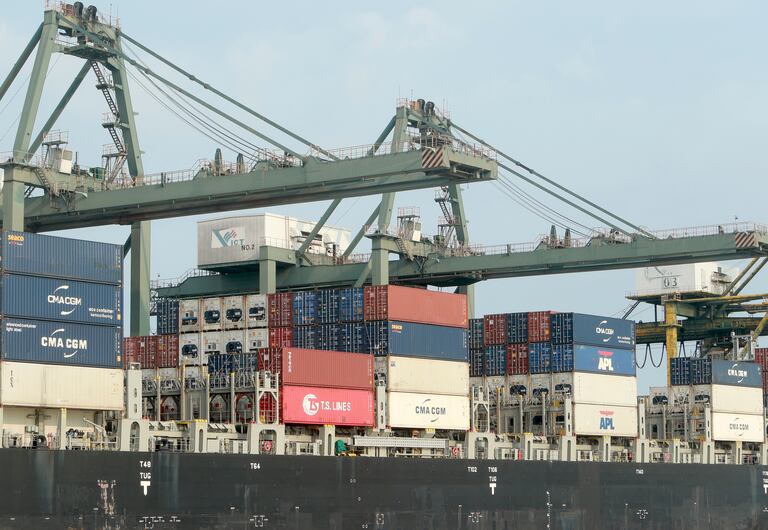

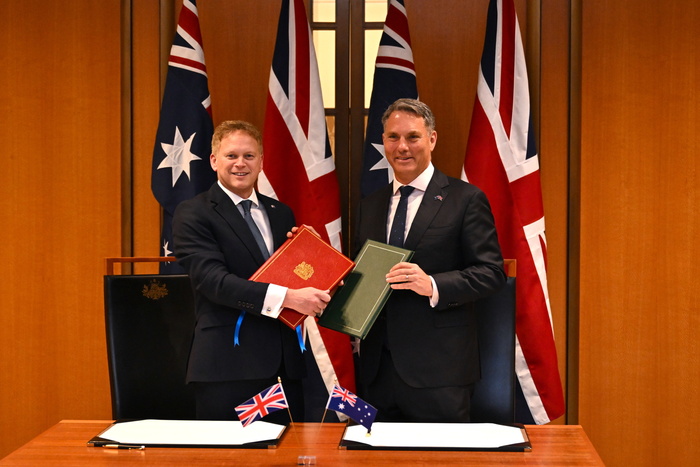

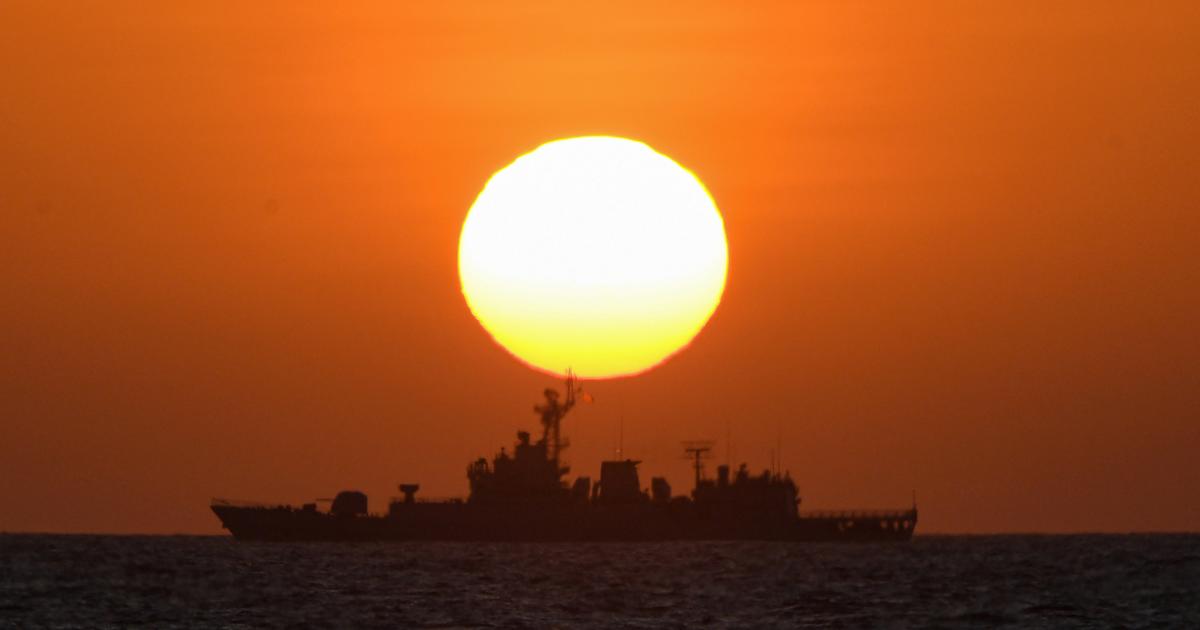

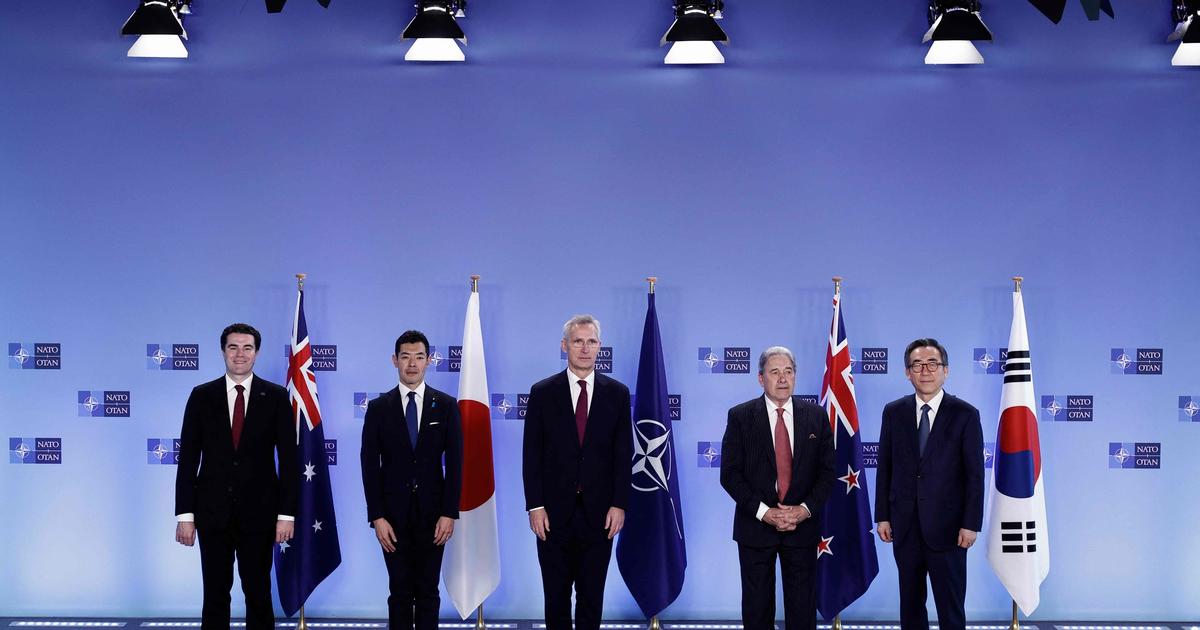
/cloudfront-eu-central-1.images.arcpublishing.com/prisa/3I74UEXLYRBBRPGPSGWNN6WXH4.jpg)
